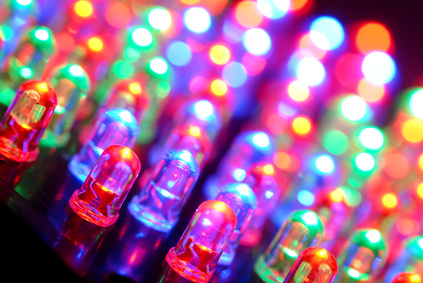Semiconductor

Semiconductor devices are solid state bodies, whose electrical conductivity strongly depends on the temperature and other internal properties like the so-called doping. Depending on the temperature or other internal settigns, they can be regarded as insulator or conductor. (Physically speaken: Semiconductor materials have a band gap between.. and .. electron Volt)
This property makes them extremely useful in electronics, since this property can be easily employed to use them as switches. On nowadays computerchips and prozessors, millions of semiconductor devices (especially transistors) are included in an electronic circuit. In order to use common circuit simulation tools to simualte circuits containing those devices, semiconductor devices are often reflected by compact models - subcircuits of basic elements like resistors, capacitors, inductors and current/voltage sources. Those compact models shoul rebuild the input/output behaviour of the semiconductor device.
Ongoing miniaturization and the step from miro- to nanotechnology, however, leads to more powerful prozessors and chips, since higher packing density can be achieved. On the other hand, this higher packing density and miniaturization of the devices makes parasitic effects like heating predominant. Incorporation of those effects into compact models results in large compact models to describe a single semiconductor device. This makes it desireable to include more exact distributed device models - device models based on partial differential equations - into circuit simulation.
Moreover, smaller devices are driven by smaller signals, what makes them more energy efficient. On the other hand this results in a larger noise/signal ratio, what makes inclusion of non-deterministic effects into device models interesting. All in all, this leads to the following recent question in semiconductor/circuit modelling and simulation:
- Thermal effects in semiconductor devices
- Noise in semiconductor devices (SDEs)
- Quantum Effects in semiconductor devices
- Electro-thermal coupling of optoelectronic semiconductor devices with electric circuits
- Efficient Co-Simulation of circuit/semiconductor problems (Dynamic Iteration schemes)
Former and ongoing projects
- CoMSON
- 03GUNAVN
Cooperations
- Vittorio Romano, Università degli studi di Catania, Italy
- Giuseppe Ali, Universitá della Calabria, Italy
- Ansgar Jüngel, TU Vienna, Austria
- Pina Milisic, University of Zagreb, Croatia
Open subjects for theses
- Master Thesis: Two-dimensional thermal-electric simulation of semiconductor MOSFET-devices (M.Brunk)
